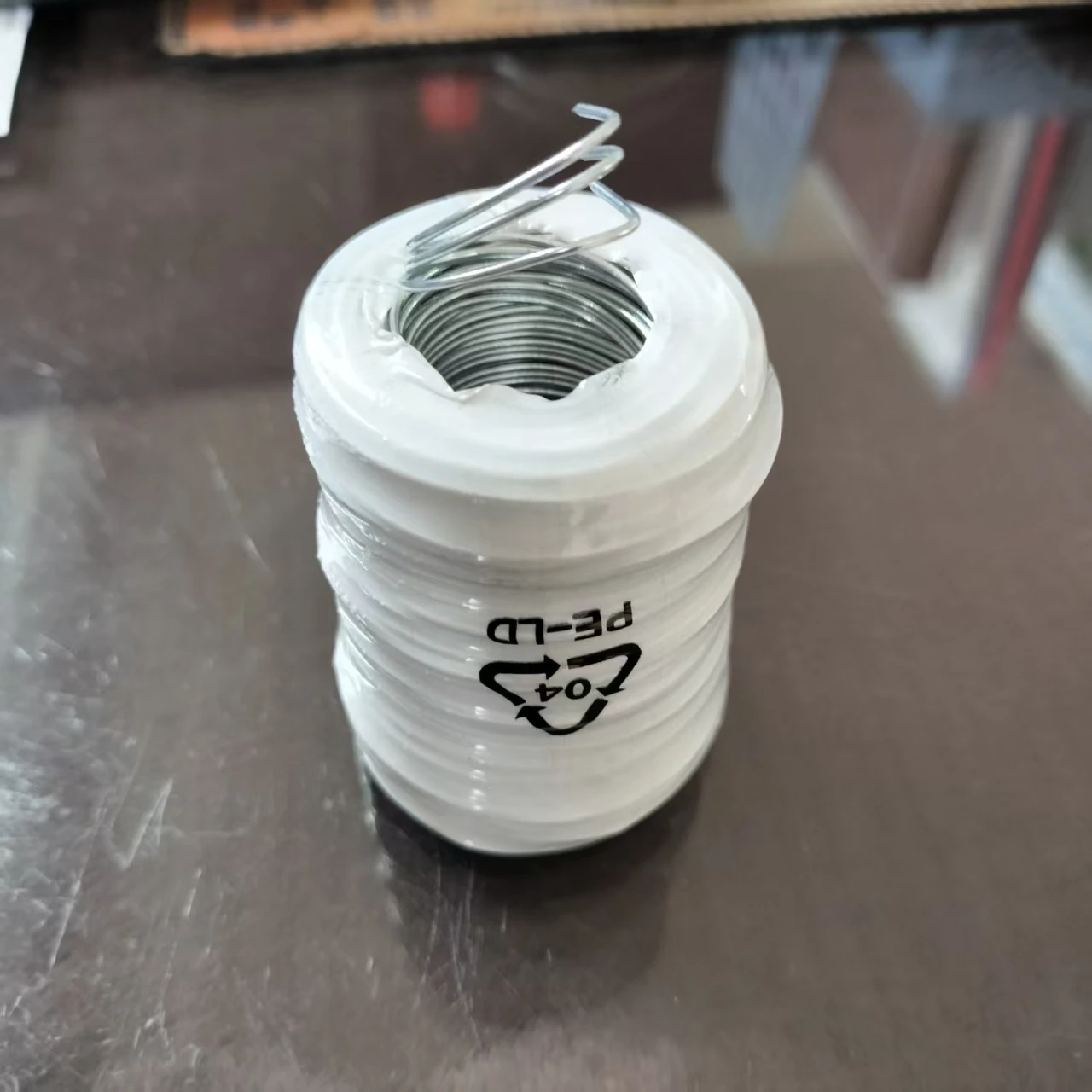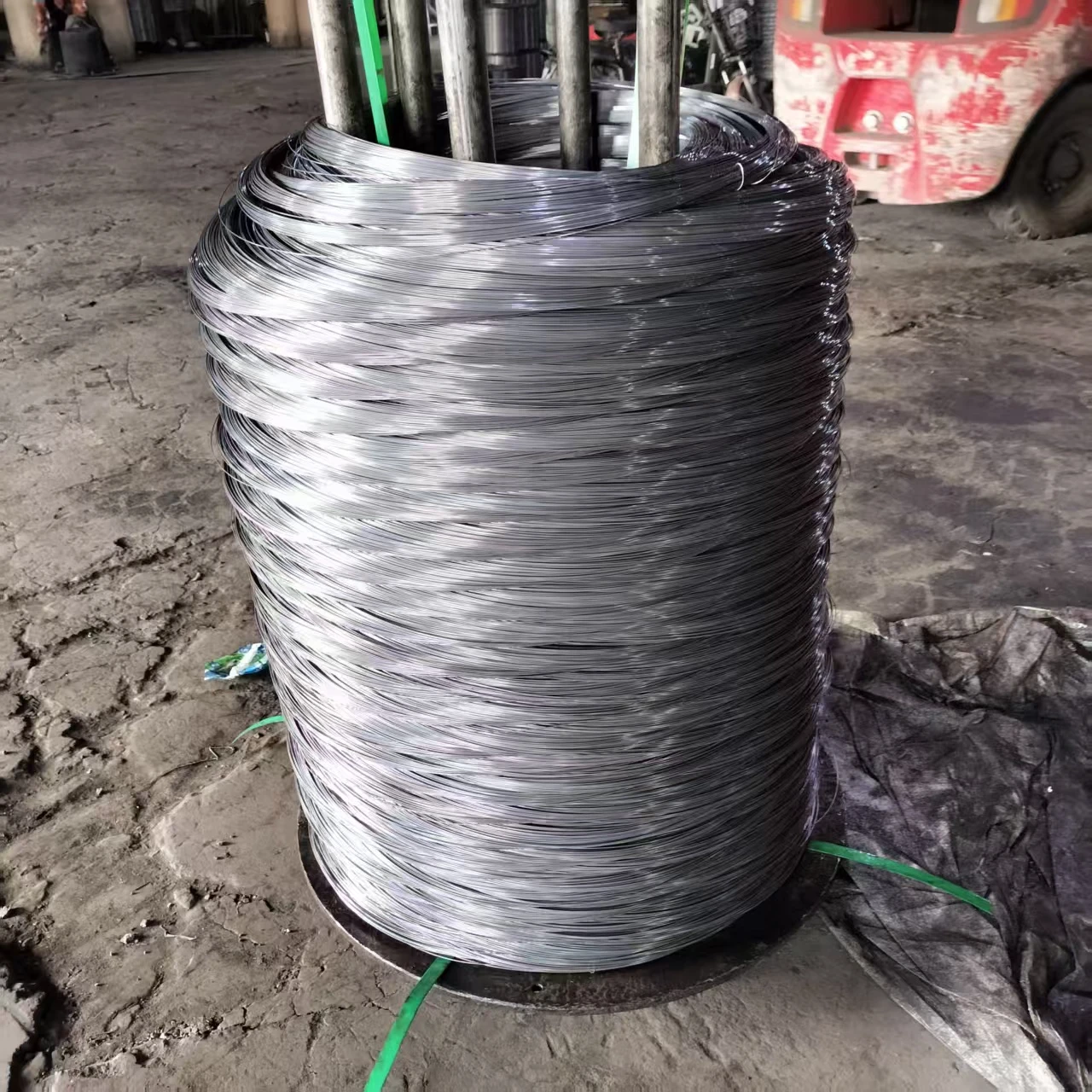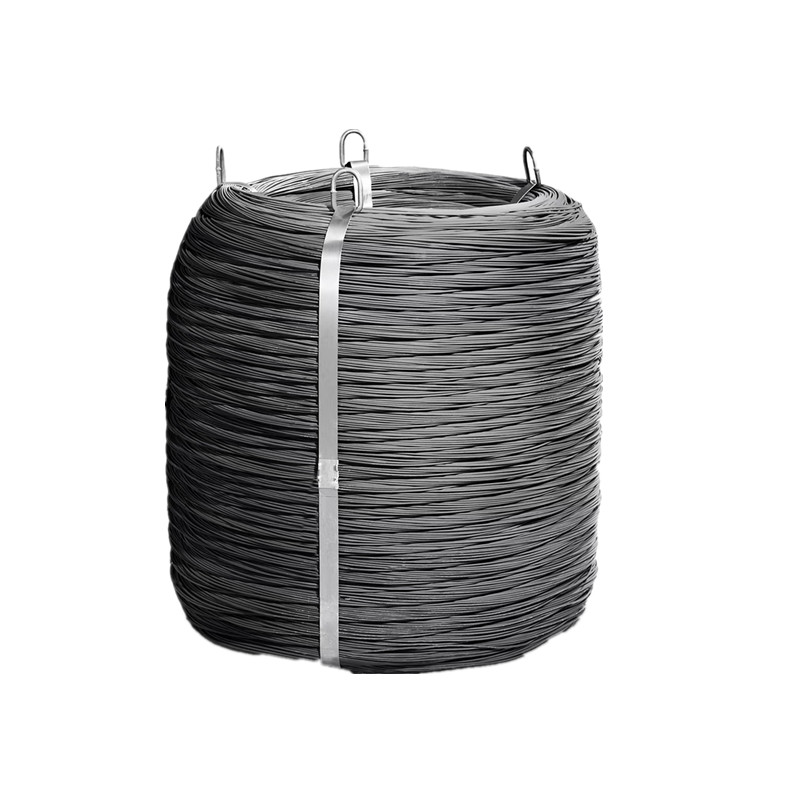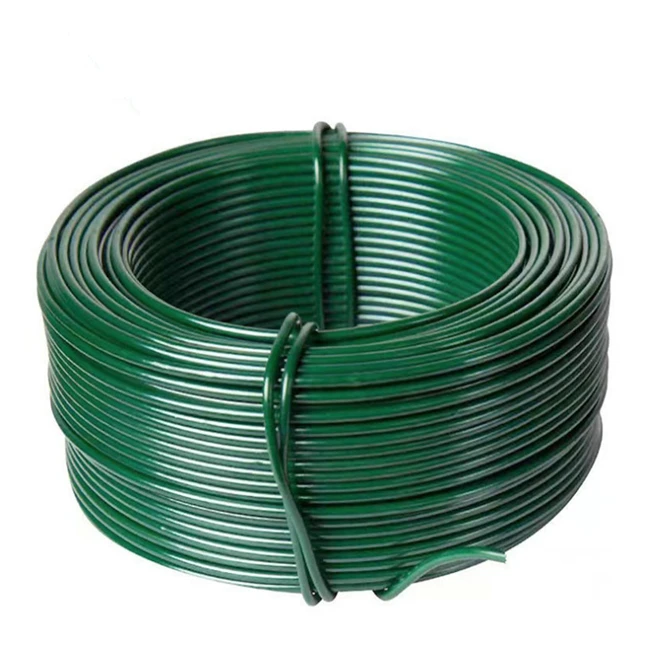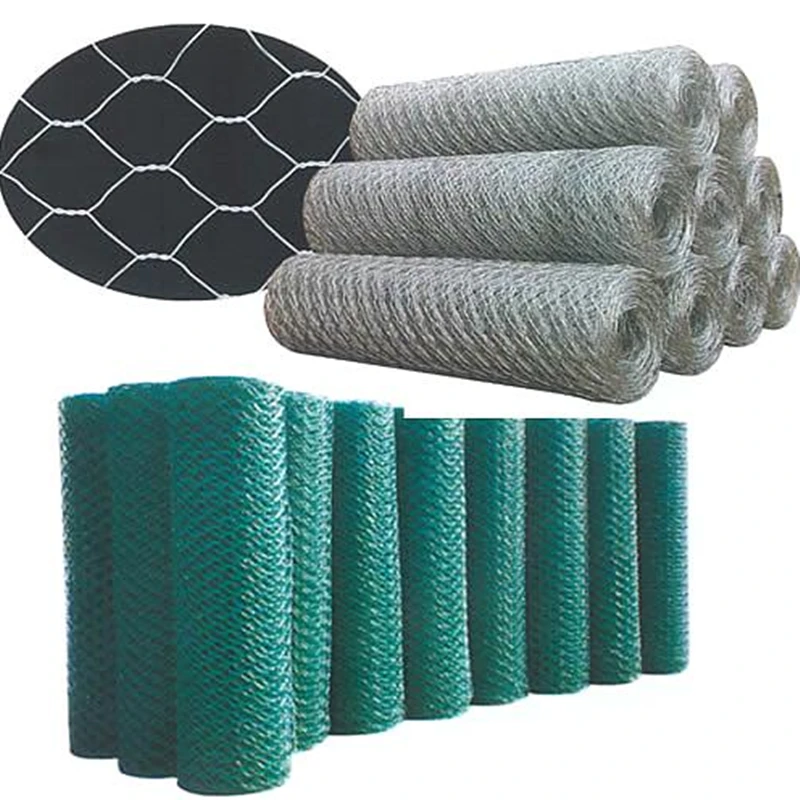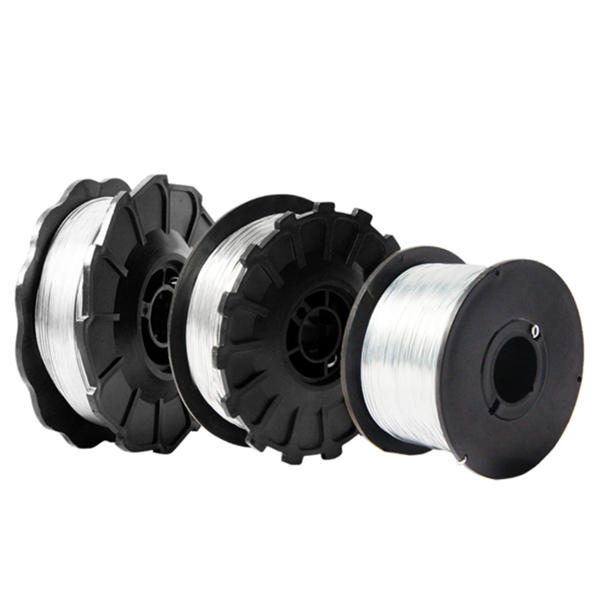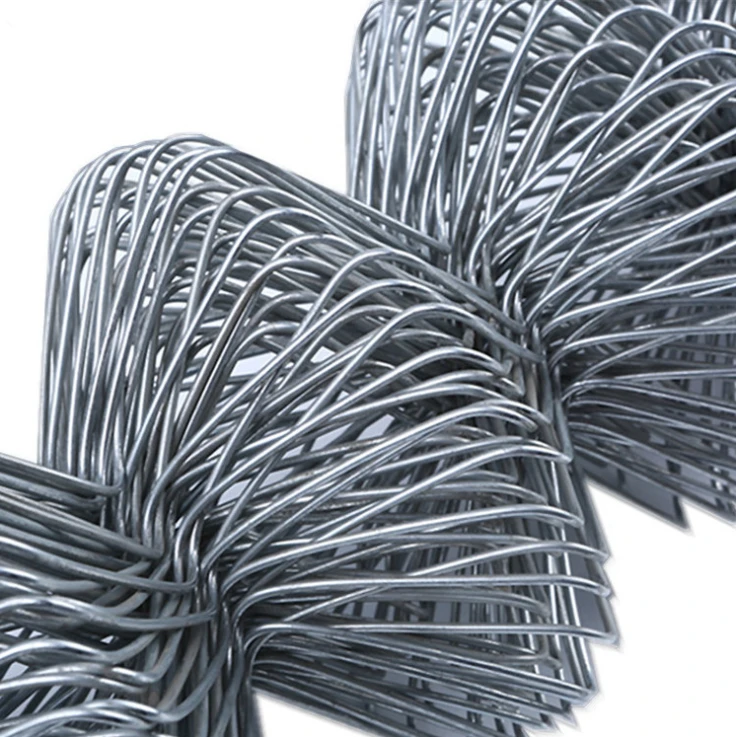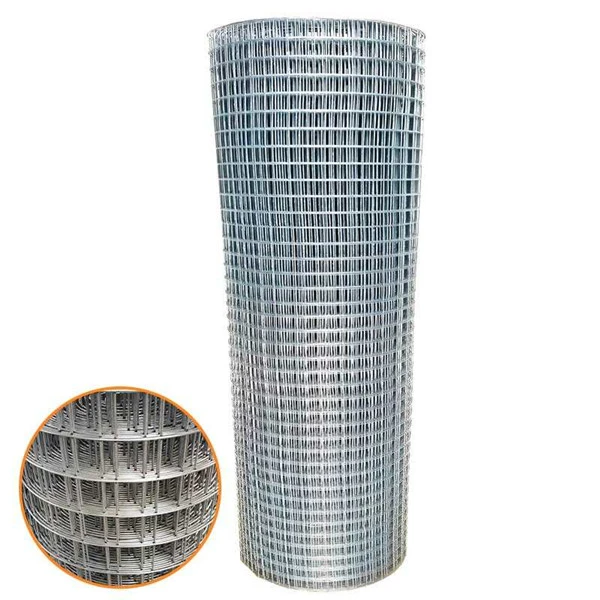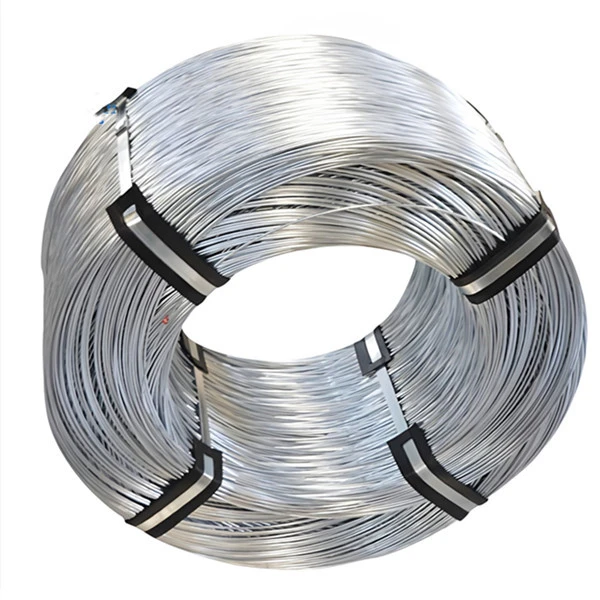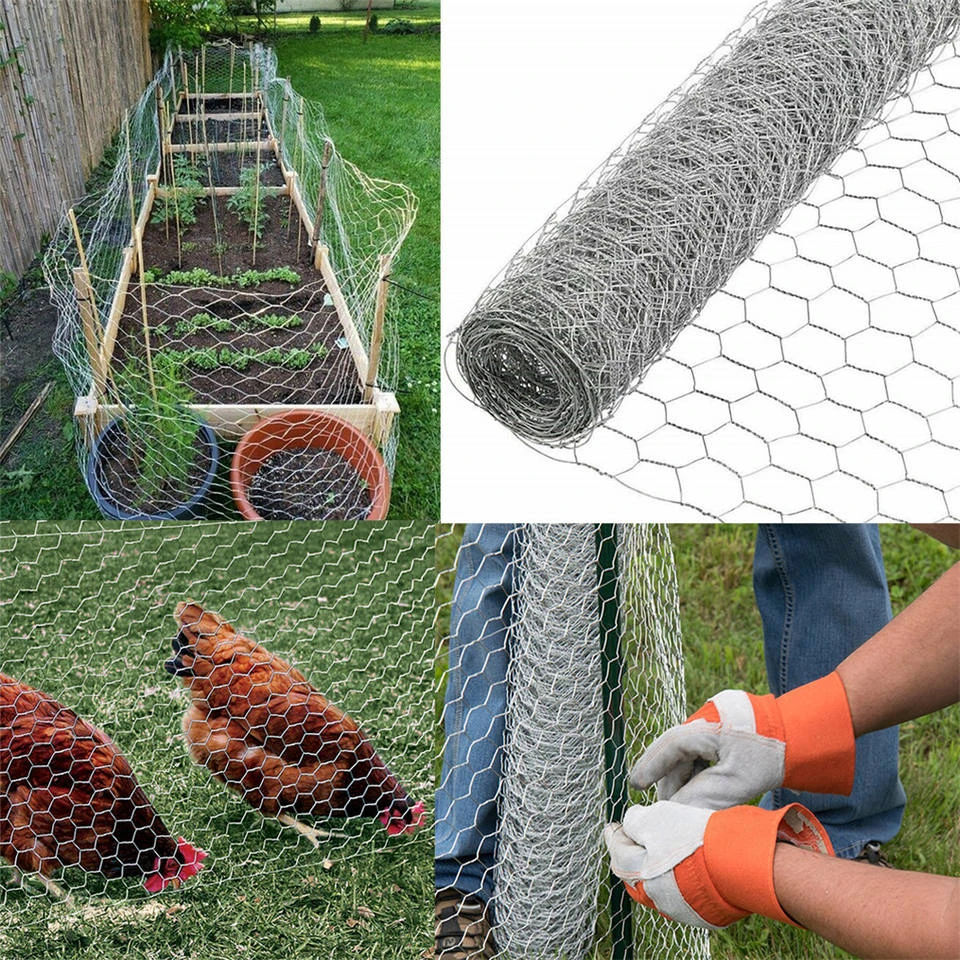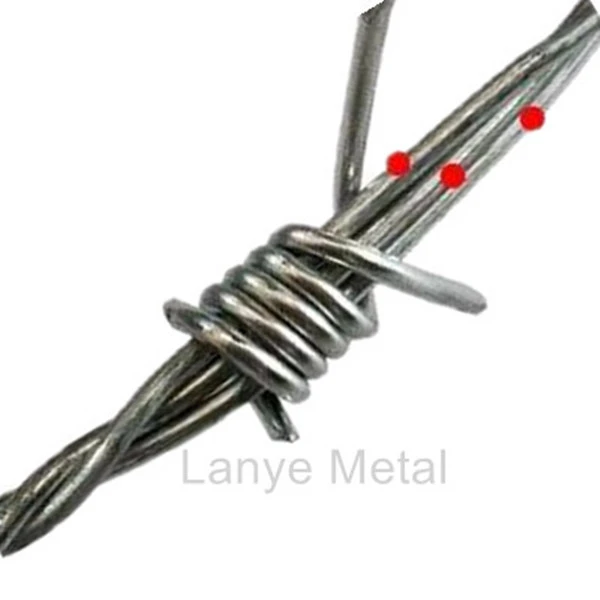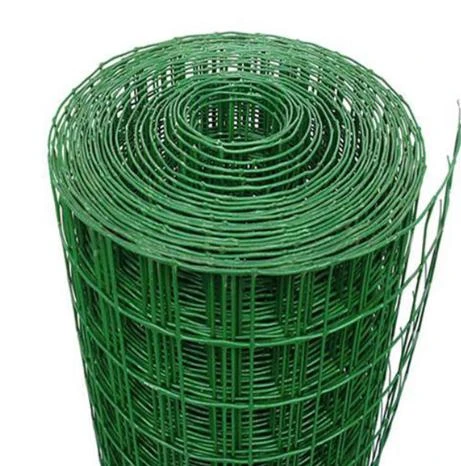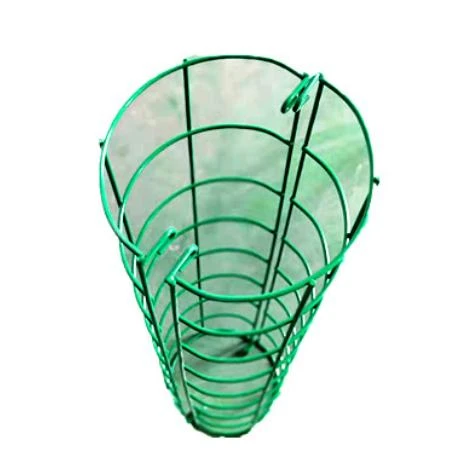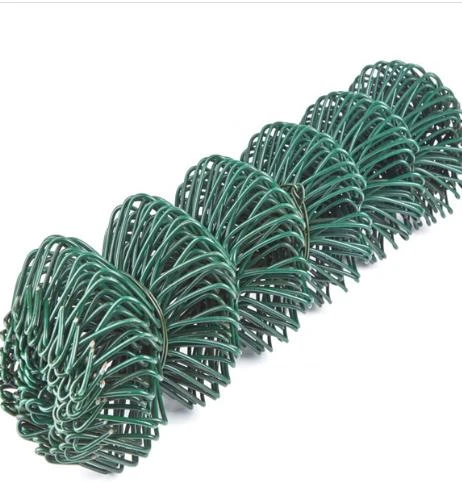- Introduction to wire mesh for roof vents
applications - Technical advantages and performance data
- Material selection guide for various environments
- Manufacturer comparison across specifications
- Customization options for complex requirements
- Implementation success stories across sectors
- Choosing the right wire mesh solution

(wire mesh for roof vents)
Understanding Roof Vent Wire Mesh Essentials
Roof ventilation systems demand specialized wire mesh solutions that balance airflow with protective functionality. Industrial-grade wire mesh for roof vents prevents pest and debris entry while maintaining crucial ventilation efficiency. Performance benchmarks for these applications require mesh openings between 1/8" to 1/4" to block even small birds and rodents without compromising air circulation rates. Industry surveys indicate that properly specified roof vent mesh extends HVAC system lifespan by 15-20% by reducing dust accumulation in ductwork.
Material Advantages and Technical Specifications
Premium-grade stainless steel roof vent mesh offers over 15 years of service life even in corrosive coastal environments, outperforming galvanized alternatives by 40% in salt-spray testing. Aluminum alloy meshes provide lightweight solutions with 72% lower weight density than steel equivalents, critical for structural load considerations. Copper-infused variants demonstrate 99.8% microbial resistance according to EPA test protocols. Crucially, mesh gauge thickness between 19-22 AWG maintains structural integrity while allowing airflow rates exceeding 500 CFM per square foot.
Durability Factors Across Material Types
Environmental exposure dramatically impacts mesh longevity. Hot-dip galvanized steel withstands humidity fluctuations up to 90% RH for approximately 7 years before oxidation maintenance becomes necessary. Type 304 stainless steel requires no maintenance for 12+ years in acidic precipitation conditions common to industrial zones. For chemical processing plants, 316L marine-grade solutions offer superior resistance to sulfur compounds and volatile organic acids. Powder-coated options add 8-10 years to service life through ultraviolet radiation protection that maintains integrity after 15,000 hours of accelerated weathering testing.
| Manufacturer | Material Options | Gauge Range | Max Temp Rating (°F) | Salt Resistance | Project Lead Time |
|---|---|---|---|---|---|
| VentGuard Solutions | 304SS, 316SS, Aluminum | 16-24 AWG | 1,200 | 2,000 hrs ASTM B117 | 3-5 days |
| MeshPro Technical | Galvanized, 304SS, Copper | 18-22 AWG | 850 | 1,200 hrs ASTM B117 | 5-7 days |
| AirFlow Meshworks | 304SS, 316LSS, Titanium | 14-20 AWG | 1,550 | 5,000 hrs ASTM B117 | 10-14 days |
| Allied Wire Products | Aluminum, Galvanized, PVC-coated | 19-24 AWG | 280 | 800 hrs ASTM B117 | 2-4 days |
Custom Design Configurations
Modern manufacturing enables perimeter flanges tailored to specific vent frame dimensions within 1/32" tolerance levels. For pitched roof applications, angled-edge meshes eliminate gutter-blocking debris gaps through computer-modeled drainage patterns. Electrical substation projects increasingly utilize conductive mesh variants that dissipate 99.9% static charge according to IEC 62305 standards. Food processing installations demand continuous-weld constructions eliminating crevices where microbial growth could occur. Roll-forming capabilities produce curved profiles accommodating dome-shaped vents with radii up to 36".
Industrial Implementation Case Studies
Automotive manufacturing facilities utilizing stainless steel roof vent meshes reported 31% reduced particulate filtration costs after installation. Coastal resort developments experienced 100% gull intrusion elimination after switching to 2mm hexagonal aviation aluminum. Petrochemical plants achieved 40-year maintenance-free operation through 316L stainless with 0.08mm tolerance weave precision. Data centers deployed EMI-shielding copper meshes that decreased electromagnetic interference by 32dB while maintaining required airflow velocities.
Selecting Durable Roof Vent Wire Mesh
Choosing appropriate wire mesh for roof vents necessitates evaluating exposure conditions and load requirements. Residential applications typically leverage cost-effective galvanized chicken wire mesh with PVC coating, while industrial installations require surgical-grade stainless steel solutions. For most agricultural structures, 19-gauge polymer-coated mesh provides optimal balance between longevity and airflow properties. Consultation with materials engineers remains essential for specialized conditions where thermal cycling between -20°F to 250°F occurs, or where chemical off-gassing accelerates corrosion.
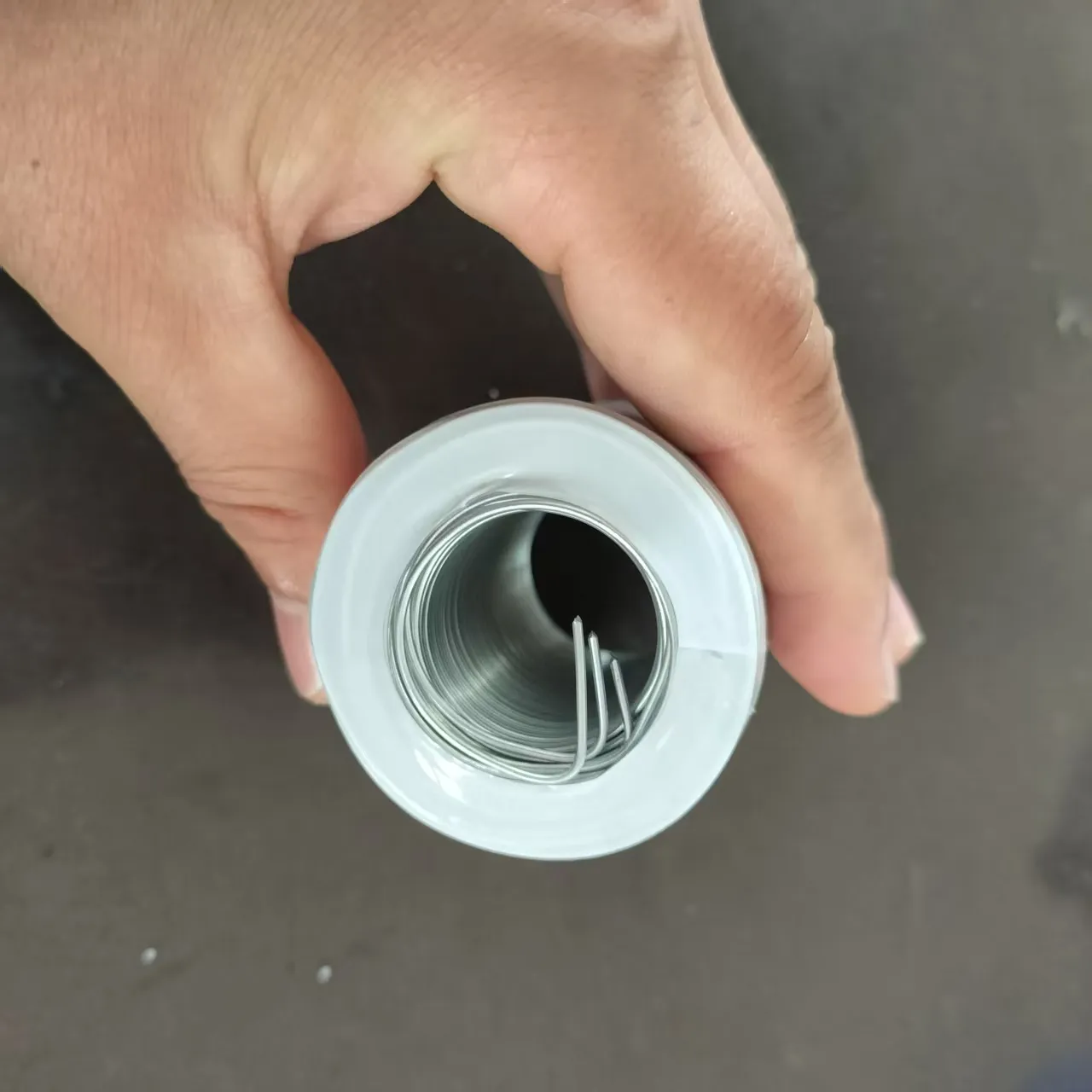
(wire mesh for roof vents)
FAQS on wire mesh for roof vents
Q: What's the purpose of using wire mesh for roof vents?
A: Wire mesh prevents rodents and debris from entering vents while allowing air circulation. Its corrosion-resistant material (like galvanized steel) ensures durability against weather exposure. Proper sizing (typically ¼-inch openings) balances airflow and pest protection.
Q: Can chicken wire mesh be used for roof vents effectively?
A: While affordable, chicken wire's wide hexagonal gaps (usually 1-2 inches) fail to block small pests or embers. Galvanized hardware cloth (½-inch or ¼-inch mesh) is strongly recommended instead for safer, compliant roof vent coverage in most building codes.
Q: How do I secure wire mesh over roof vent openings?
A: Cut the mesh 1-2 inches larger than the vent opening, then fasten it using corrosion-resistant staples or screws with washers. Ensure tension is even to prevent sagging, and seal edges with weatherproof caulk if necessary to eliminate gaps.
Q: Which wire gauge is best for roof vent mesh?
A: Opt for 19-23 gauge wire for optimal strength-to-weight ratio. Thicker gauges (19G) withstand heavy debris and wildlife pressure, while thinner gauges (23G) suit mild climates. Always prioritize galvanized or stainless steel for rust prevention.
Q: Are there fire-rated wire mesh options for roof vents?
A: Yes, select stainless steel mesh with ¼-inch openings that complies with ASTM E136 standards for fire resistance. Avoid aluminum or plastic-coated variants in wildfire-prone areas—specialized vent meshes with higher melting points maintain airflow while blocking embers.




